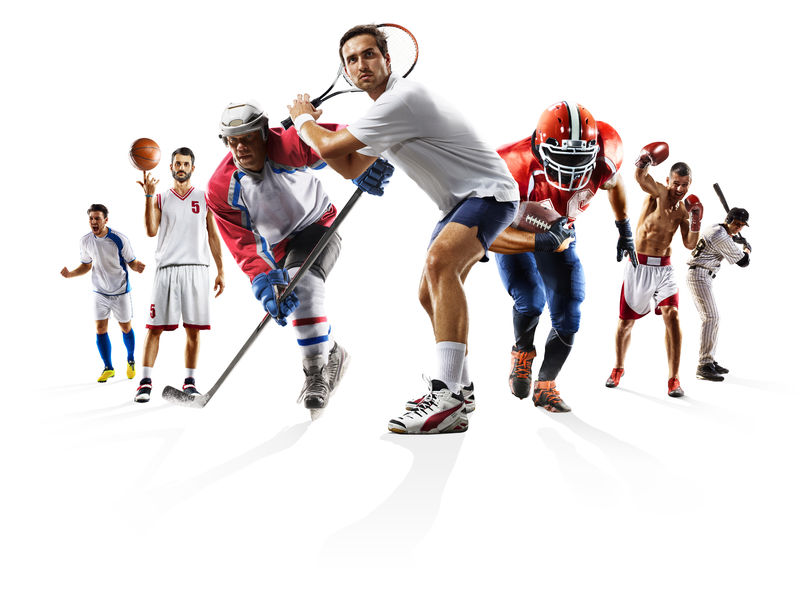Note that your final mark will not be saved in the system.
Classification of skills GapFill
You must fill all the gaps before clicking ‘Check Answers!’

It is important to understand the difference between ability and skill in sport.
can be defined as a learned and efficient behaviour or action bringing about pre-determined results, with certainty and with as little and effort as possible, whereas can be defined as the potential of a person learning a new skill, based on their and stable traits.
All skills can be categorised into one or more of the following classifications, sometimes called continua - a sequence, or order of criteria, that has two opposing ends of a scale:
- and complex skills are two ends of the complexity continuum. At one end, skills are simple to perform and, therefore, require little concentration (e.g. running). At the other end, complex skills are more difficult and require higher levels of concentration, focus and coordination to perform (e.g. a front somersault).
- and closed skills are at two ends of the continuum. It suggests that skills can be affected by things such as the weather, the opposition, team mates and the situation. Skills that are affected by the environment (e.g. taking a conversion in the wind) are often -paced, whilst closed skills are often self-paced.
- -paced and externally paced skills are part of the pacing continuum. These distinguish whether the skill can be controlled by the or is determined by an external factor or stimulus (e.g. position of opposition). An example of an externally paced skill would be whether to pass or side step in rugby when attacking an opponent, as this depends on the position of other players and whether the player has someone to pass to.
- Gross and skills are on the motor skill continuum. Gross skills are skills which involve muscle groups, resulting in big movements (e.g. a body squat). The opposite end of the continuum involves small and precise movements, such as adjusting the fingers slightly to put spin on a cricket ball.